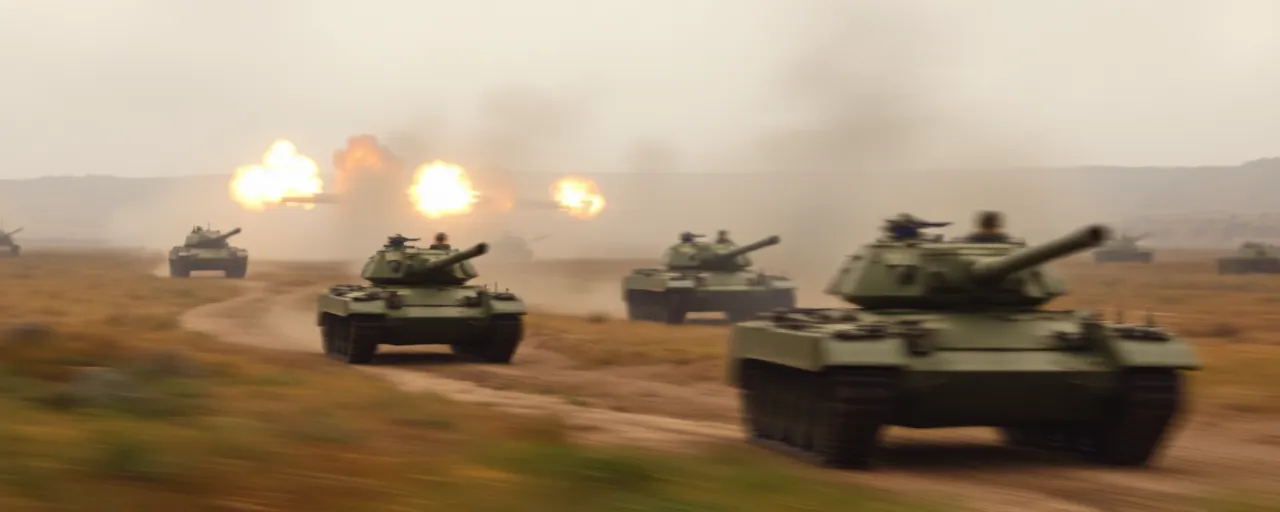A Wake-Up Call Across the Atlantic
Russia’s war in Ukraine hit Europe like a freight train, jolting NATO awake after years of relative calm. The alliance, once a Cold War titan, had settled into a quieter role, but the conflict’s ripple effects forced a hard look at its readiness. Testifying before the House Armed Services Committee on April 8, 2025, Katherine Thompson, acting assistant secretary of defense for international security affairs, painted a stark picture. She argued that NATO needs to generate forces capable of deterring threats, boost military budgets, and take a firmer lead in supporting Ukraine’s defense. The urgency in her voice echoed a broader sentiment: the world has shifted, and NATO can’t afford to lag behind.
The numbers back her up. Over two-thirds of NATO’s 32 members are projected to hit or exceed the alliance’s 2% GDP defense spending goal this year, a leap from just a handful a decade ago. Poland and the Baltic states are pushing past 5%, driven by their proximity to Russia’s ambitions. Yet, the picture isn’t uniform. Wealthy Western European nations, despite their economic clout, have drawn criticism for leaning heavily on U.S. support rather than flexing their own muscle. Thompson didn’t mince words, pointing out that some allies have the means but lack the will to fully commit.
Modernizing for a Messy World
NATO isn’t just about cash; it’s racing to retool its arsenal. Army Gen. Christopher Cavoli, who doubles as U.S. European Command chief and NATO’s supreme allied commander, told lawmakers the alliance is overhauling its capabilities at a pace unseen since the Cold War. Think F-35 jets screaming overhead, Patriot missile batteries locking onto targets, and AI sifting through battlefield data. New battlegroups now dot the eastern flank, a human and steel barrier against Russian moves. Cavoli credited this shift to a 40% spike in allied defense investment since February 2022, when Russia’s invasion of Ukraine flipped the script.
Still, the overhaul’s a work in progress. Cyber defenses are getting beefed up to counter Moscow’s hybrid tactics, like the cyberattacks rattling European grids. Naval forces are also in the mix, guarding sea lanes vital for trade and energy. Historical echoes ring here, recalling NATO’s Long-Term Defence Programme from the late ’70s, which bulked up its stance against the Soviet Union. Today’s threats, though, blend old-school boots on the ground with digital sabotage, testing whether NATO can adapt fast enough to stay ahead.
Ukraine’s Fight, NATO’s Test
Ukraine sits at the heart of this shake-up. The Ukraine Defense Contact Group, a 57-nation coalition including all NATO members, has funneled over $126 billion in aid since 2022, with the U.S. footing roughly half. Monthly huddles hash out everything from F-16 jets to drone swarms, with the UK and France recently stepping up to steer the effort. Thompson highlighted last month’s meeting hosted by Britain as a sign allies are doubling down. For Cavoli, Ukraine’s gritty defense, propped up by this support, has kept war from spilling onto NATO soil, a win for deterrence.
Not everyone sees it as smooth sailing. The U.S. has dialed back its lead role, nudging Europe to shoulder more. Some analysts warn this could strain unity if richer nations don’t match the eastern allies’ zeal. Others point to Russia’s broader game, destabilizing Europe with disinformation and cozying up to China and Iran. Ukraine’s fight isn’t just about holding ground; it’s a live-fire exam of whether NATO’s collective resolve can outlast a foe betting on cracks in the alliance.
Looking Ahead, Eyes Wide Open
Cavoli didn’t sugarcoat Russia’s trajectory. He called it a chronic threat, one growing sharper with each passing year. Its war machine grinds on in Ukraine, while hybrid assaults poke at Europe’s edges. NATO’s answer, he said, is a focus on warfighting and lethality, a ‘factory reset’ urged by Defense Secretary Pete Hegseth. The alliance now boasts plans, forces, and command structures to match, but gaps linger. Spending disparities and uneven modernization efforts hint at a coalition still finding its footing.
The stakes stretch beyond today’s headlines. Transatlantic ties have tightened, with joint exercises and intelligence sharing hitting new highs. Yet, Europe’s push for self-reliance, sparked by the war, raises questions about balancing reliance on U.S. might with homegrown strength. NATO’s deterrence has held so far, but as Russia digs in and global rivals watch, the alliance faces a defining stretch. It’s not just about keeping peace; it’s about proving it can still throw a punch when the world gets rough.
